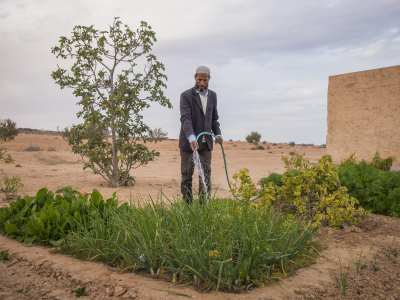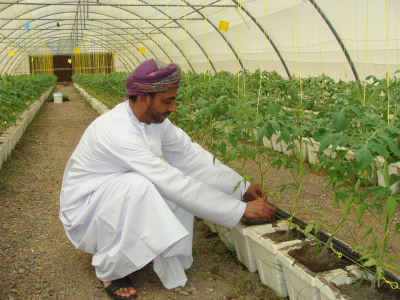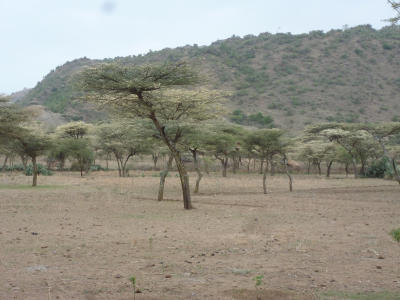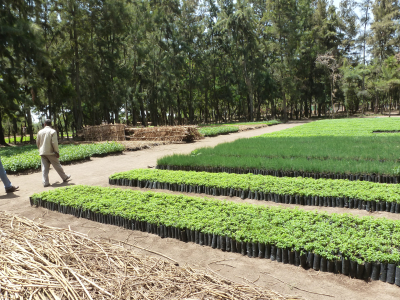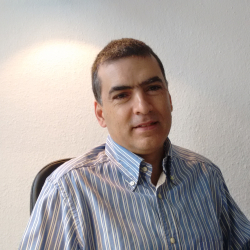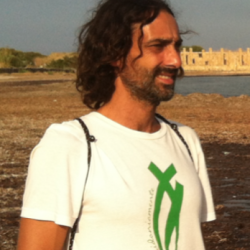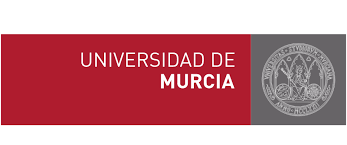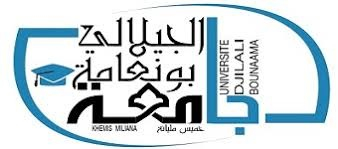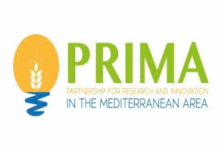Wastewater treatment for agriculture. One of the WATERMED objectives will be to transfer and to adapt the results of Eurostars IRIS project (http://www.iris-project.eu ), where partner CEBAS-CSIC took part and will be tested it in Turkey, adapting scientific methodology to the local regulations, water sources and selected crops for the project. The IRIS research was a pilot project designed for preserving nutrients for irrigation and removing the organics, suspended solids, pathogens and reduce the salinity by removing some salts.
Drainage water treatment. WATERMED will consider also the technology already developed and lessons learned from project LIFE Drainuse (http://www.drainuse.eu/), where UMU and CEBAS-CSIC were partners. Drainuse results on purification and disinfection of irrigation waters will be adapted and implemented in Algeria, where salinity levels in groundwaters and excess of nutrients are a serious threat for sustainable agriculture in the region of Kenis Miliana. The proposed technology will include nutrition unit, the disinfection unit and the purification unit (WP3, WP5).
The use of new sensor and communication technologies in water systems domain have however several important constraints that have not been properly tackled by today’s available solutions in an integrated way. The proposed solution takes advantage of Internet of Things and Services technologies and standards, to leverage the integration and software/hardware developments of monitoring and control systems for the new advanced water systems (work package WP4).
Nutrient pollution and agricultural productivity: new information technologies applied to different spatio-temporal scales (edaphic-climatic, agronomic, land mapping, ...) based on real-time in situ will be used and applied. soil moisture, thermo photos, multispectral photo, remote sensing etc (work package WP2, WP3, WP5.
Isolated rural areas and irrigated systems: As a further research area we analyze how water pumps, sensors, water treatment or other electrical devices of the water system can use the electricity produced by the PV layer. This is a particular advantage in isolated rural areas, that will be able to produce self-consumption electricity, integrated in the irrigation system. Further, in case of low water quality the PV system offers the opportunity for a PV-based water treatment. In this context we seize the availability of water in the area in which the prototype will be realized and evaluate opportunities if and how a PV based water treatment can contribute to protect natural aquifers and reduce the overall level of water consumption (work packages WP3, WP5).
End-users engagement and water governance improvement: socio-economic studies is to determine what the long range effects of water management may have on local populations, growth, new jobs, talent, new professional specialisation, new businesses and incomes. The social and economic studies will engage end-users and other key social, economic and policy stakeholders, participating actively in the research and in training and educational activities of this proposal (WP7), ensuring that research responds to society’s needs. WATERMED will measure both quantitative and qualitative aspects by combining measurable indicators along with public perceptions. Thanks the Open Platform the data related to the pilots will be collected, processed and analysed, able to be replicated in other contexts (work packages WP2, WP6, WP7).
